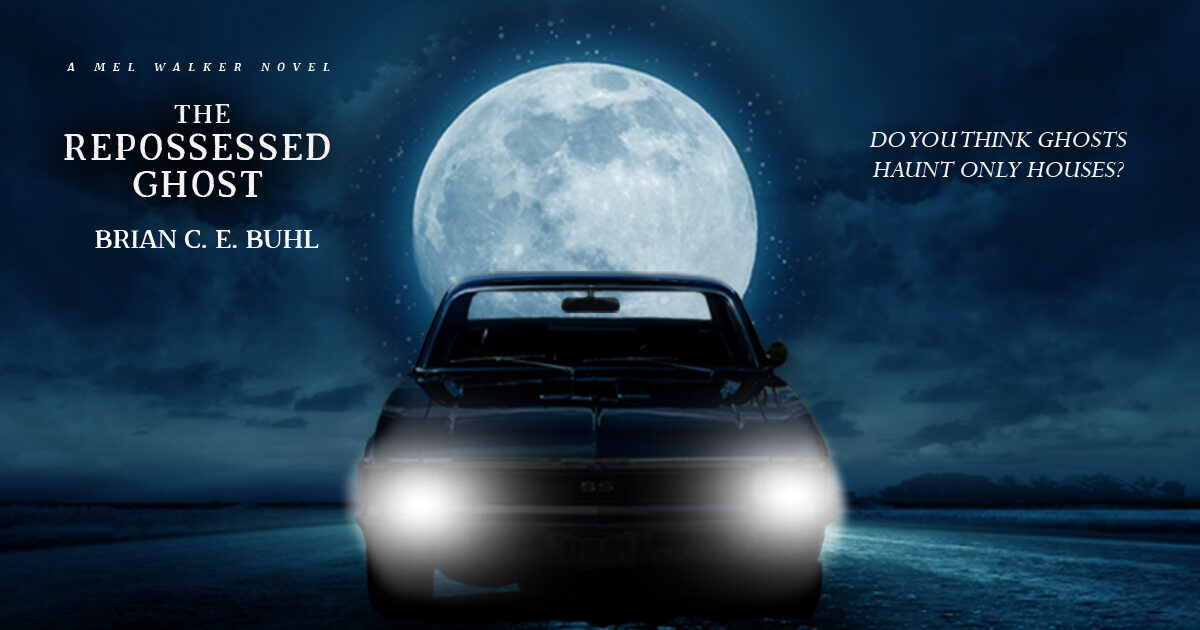Some people really hate to write outlines. I used to be one of those people.
Heck, maybe I still am. I’ve been finding all kinds of excuses not to work on the outline for my NaNoWriMo project, and we’re almost out of time.
For those discovery writers that really, really hate to outline, there is a compromise. I call it “The Flashlight Method.”
I used to think I invented this technique. When I drafted The Repossessed Ghost, I was still anti-outline, but I needed to know where I was going. After writing the first chapter, I took a moment to think about the story. I looked into the darkness, in the direction the story appeared to be going, and I jotted down some things I thought to be true. Then I kept writing. Every time I reached a point of imperfect knowledge about the next milestone, I’d stop and look again. That’s how I wrote 50,000 words of that story in 30 days.
Several times since then, I have described this approach of drafting as “The Flashlight Method.” It seems I’m not the first one to come up with this. Google shows other references.
Looking into what other people are calling The Flashlight Method, it seems to be a way of writing an outline, not a first draft.
The idea is basically the same, though. You focus on a smaller piece of the story and you write what you can. Whether you’re putting together the outline or writing the next part of your first draft, I’m not sure it matters.
Drafting this way comes with risks, of course. Without having a full plan, you might create a giraffe when you were trying to craft a horse. The shape of your story might be wacky and wildly disproportionate upon completion and when observed as a whole. But that’s okay. That’s what editing is for. You can’t edit a blank page, and the primary purpose of the first draft is to exist. In most cases, the first draft is the writer telling the story to themselves. Also, all first drafts are crap.
That’s really all there is to it. If you wind up drafting using this technique, or if this describes how you usually write, please let me know so we can compare notes!

One thought on “The Flashlight Approach to Story Writing”
Comments are closed.